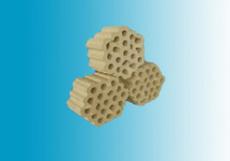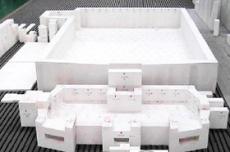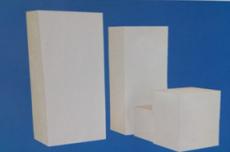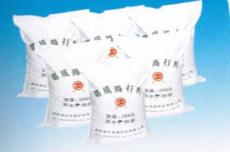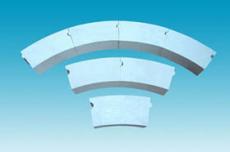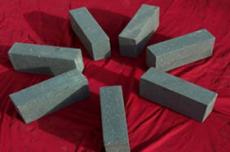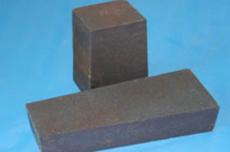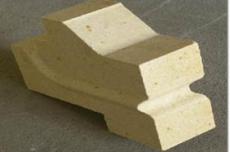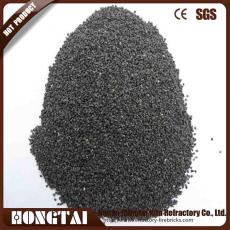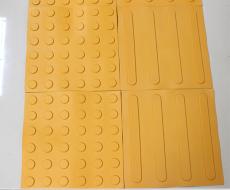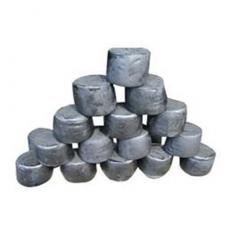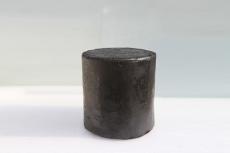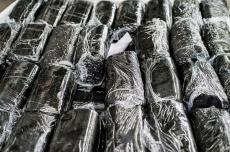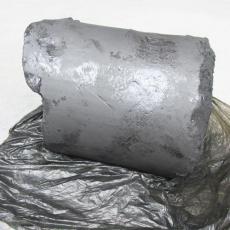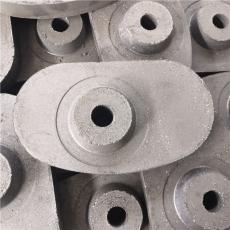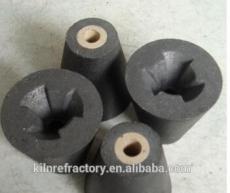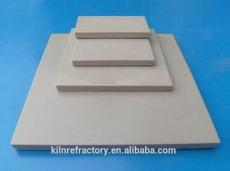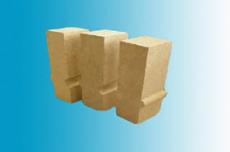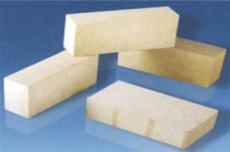
Overview of lightweight refractory concrete
Lightweight refractory concrete is a material with low density, strength and thermal conductivity. It is mainly used as an insulating layer for the lining of industrial furnaces, performing the functions of heat retention and insulation. The performance and working temperature vary depending on the material and bulk density.
Properties of lightweight refractory concrete made from various materials
1. Lightweight mullite concrete
Working temperature: up to 1500°C.
Application range: can be used for the working layer of lining light furnaces.
Advantages: high working temperature, good durability.
2. Lightweight concrete made from hollow alumina spheres
Working temperature: up to 1500°C.
Application range: can be used for the working layer of lining light furnaces.
Advantages: high working temperature, good durability.
3. Lightweight refractory fiber concrete
Working temperature: 1000-1300°C.
Application range: can be used for lining thermal furnaces, resistance furnaces.
Construction method: can be made from molded, hand-laid or prefabricated blocks.
Development trend: The emergence of lightweight and energy-efficient furnaces increases the versatility of furnaces, improves productivity and expands the scope of application.
Advantages: Convenient design and high adaptability.
4. Lightweight and moldable perlite
Operating temperature: 600-900℃.
Application area: The best lining insulation material for medium and low temperature lining of heat treatment furnaces, petrochemical tubular heating furnaces, etc.
Formulation: Portland cement, CA-50 cement, liquid glass, aluminum phosphate, aluminum sulfate are used as binders, and CA-50 cement is the most commonly used. Apparent density: 0.6-1.5 g/cm³.
Performance characteristics: With an increase in the amount of cement, the bulk density increases, the strength increases, and the thermal conductivity decreases. However, the increase in cement consumption leads to a decrease in the consumption of perlite and water in construction. The addition of floating fly ash granules increases the strength, but the bulk density and thermal conductivity are only slightly improved.
Advantages: Good insulation effect, convenient design, low price.
5. Lightweight vermiculite concrete
Working temperature: 600-800℃. Apparent density: 0.6-1.2 g/cm³.
Features: Good insulation and low price.
Formulation: Similar to lightweight perlite concrete.
Advantages: High efficiency in terms of price and good insulation effect.
Summary
Usage temperature: The use temperature of lightweight mullite and alumina hollow concrete is the highest (up to 1500℃), the use temperature of refractory fiber concrete is 1000-1300℃, and the use temperature of perlite and vermiculite concrete is the lowest (600-900℃ and 600-800℃),
Application field: Lightweight mullite and alumina hollow concrete can be used for high temperature working layer, refractory fiber concrete is suitable for lining of heat treatment furnace and resistance furnace, and perlite and vermiculite concrete is mainly used for insulation of lining of medium and low temperature furnace.
Construction and performance characteristics: Refractory fiber concrete has various construction methods and high adaptability. Perlite and vermiculite concrete is easy to manufacture, has low cost and good thermal insulation.
Development trend: Refractory fiber-reinforced lightweight concrete is an important development direction. With the development of technology, its performance and application scope will be further improved.
